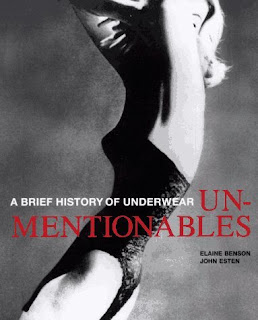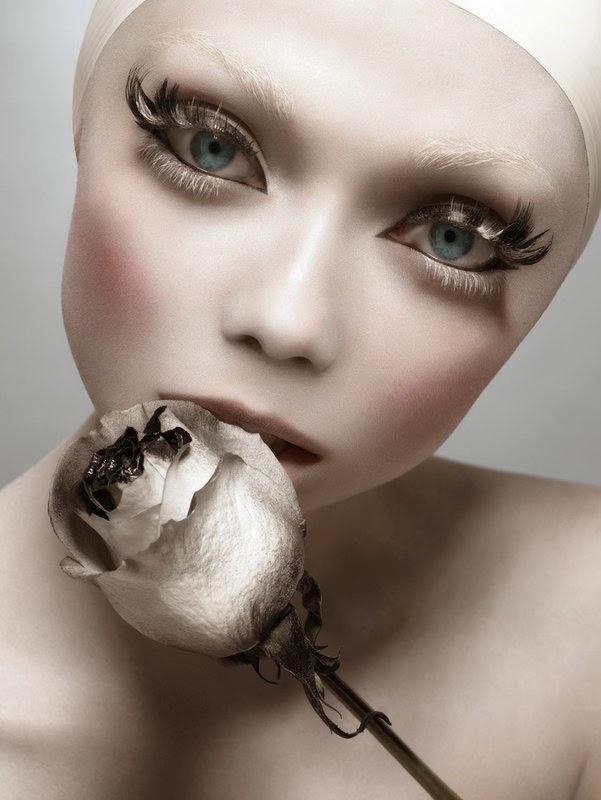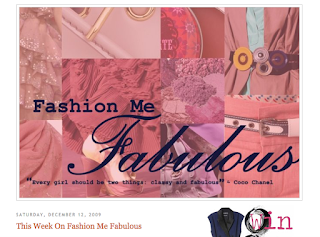Unmentionables
 Book: Unmentionables: A Brief History of Underwear
Book: Unmentionables: A Brief History of UnderwearPros: This was a great introduction to the basic evolution of all types of underwear, and John Esten did an excellent job of finding old paintings and photographs to illustrate more obscure eras of underwear history. It was surprising how current some of the advertisements and editorials from the 50s and 60s seemed.
Benson touched on a topic that bothers me, and since she took my view, I of course like her. Why can women wear men's clothing and it's considered normal but a man in women's clothing is practicing a perversion? Why is a man in his underwear viewed as comical but a woman in her underwear is primarily sexual? Doesn't this view of women's clothing and underthings paint us into a corner? Are we not allowed moments of asexuality?
Cons: I wish the book has been structured chronologically or by garment. The topical chapters (underwear in media or underwear in sports, for example) led to repetition.
 Favorite tidbits: The Victorian lady was expected to wear 7-10 pounds of underwear.
Favorite tidbits: The Victorian lady was expected to wear 7-10 pounds of underwear.Queen Elizabeth I wore a steel corset.
The merrywidow is named after a movie of that name, which is a pleasant explanation for what I've always considered a twisted name for lingerie.
Man-ray was commissioned to take photos of fetish porn.
Bloomers, the precursor to panties, gained acceptance so a woman in a hoop skirt and petticoats could maintain her modesty on a windy day.



Comments